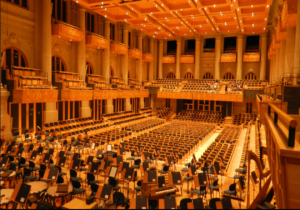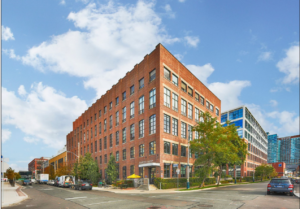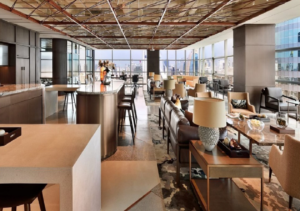If you are associated with advanced construction and architectural practices, then you must have heard phrases like sustainable urban planning, adaptive reuse, and recycling heritage. It’s a huge misunderstanding that adaptive reuse is one of the new modern concepts of architecture. These techniques have a long history in ancient architecture and also a necessity of the future.
Adaptive reuse is the process of transforming or repurposing old buildings that have outlived their original purpose and can be used for other different purposes according to the requirements. It is a way to save the neglected buildings that otherwise might get demolished.
This preservation movement empowers cities to make more effective use of space for people, while it still preserves the historic character of the built environment. It offers the best fusion of old and new architecture. Refurbishing buildings proves to have better financial aspects as it eliminates or reduces core costs associated with construction or tearing down the building as a whole. Restoration of buildings with historic value turns it into urban landmark, hence increasing its commercial value.
Bringing old buildings into life with today’s efficiency and safety standards requires proper planning and functioning. Sometimes it is only possible to preserve the outer structure. The process is called facadism. It is also helpful as it still retains history, emotions and memories people have with the space.
The process of adaptive reuse is also called historic redevelopment. European architecture is one of the best examples. Rome, Paris and Istanbul have the most beautiful heritage of history. For instance, Hagia Sophia was adapted from Christian Basilica to an Islamic Mosque and is currently used as a museum, same aesthetic new function. Natural disaster or invading armies often leave ancient monuments in ruin. This creates a huge stock of marble, granite and sandstone that can be reused. 
Cities are full of old buildings that aren’t eco friendly. Sustainable refurbishment, adaptive reuse provides an excellent opportunity to make an older building much more efficient that might even result in a net zero building.
Methods to preserve
Preservation focuses on maintenance, repair of existing structures and retention of it over time.
Updating building systems
An appropriate update in building structure requires maintaining the balance between original features and accommodating new technologies. It needs the creativity to respect the original design and meeting the current demand.
Accommodation of safety and security needs
The accommodation of new functions, change of technology, standards of safety structures makes reuse of historic buildings tricky. The recycling process must have proper life safety measures, earthquake resistance and security measures that preserve historical spaces and background.
Barrier-free design
It is one of the biggest conflicts or a big ignorant issue to make the structure barrier-free. Historical structures must be modified so that it is accessible for differently-abled people.
Stok Palace

India has rich heritage restoration work with its luxury forts, palaces being converted, to be used for future purposes. Stok palace is a spectacular edifice standing on the highest plateau in Jammu & Kashmir, India. The structure is refurbished into a luxury heritage hotel, preserving all its royalty and intricate design elements. It was a very challenging work to main the legacy of the Ladakh region with such detail and elegance.
Fraunhofer USA Center for Sustainable Energy Systems

The structure is housed in a 100-year-old building in Boston. Fraunhofer worked with his partners to refurbish the building to deliver sustainable energy savings while keeping its historic character. The project is now a living laboratory with advanced designs of the net positive elevator, insulation materials, tri-pane windows, etc.
Sala Sao Paula

It is an impressive work of architecture. A railway station converted into an extraordinary concert hall, which was an incredible acoustic challenge. It involved thousands of details and designs to make the system work. Many architects and engineers worked on the hall to maintain the true beauty of the built structure with a new purpose.
Toy Factory Lofts

Built-in 1900’s, the structure originally served as the toy company factory. This award-winning example of adaptive reuse preserved the factory’s unique features and converted the space into a unique combination of live and work environment.
Fosbury & Sons Working Offices

A Dutch hospital constructed in 1845 is not repurposed as the new international branch for Fosbury & Sons. Locally practicing, MVSA Architects has renovated the building in five years and studio Going East is responsible for the beautiful interior work.



